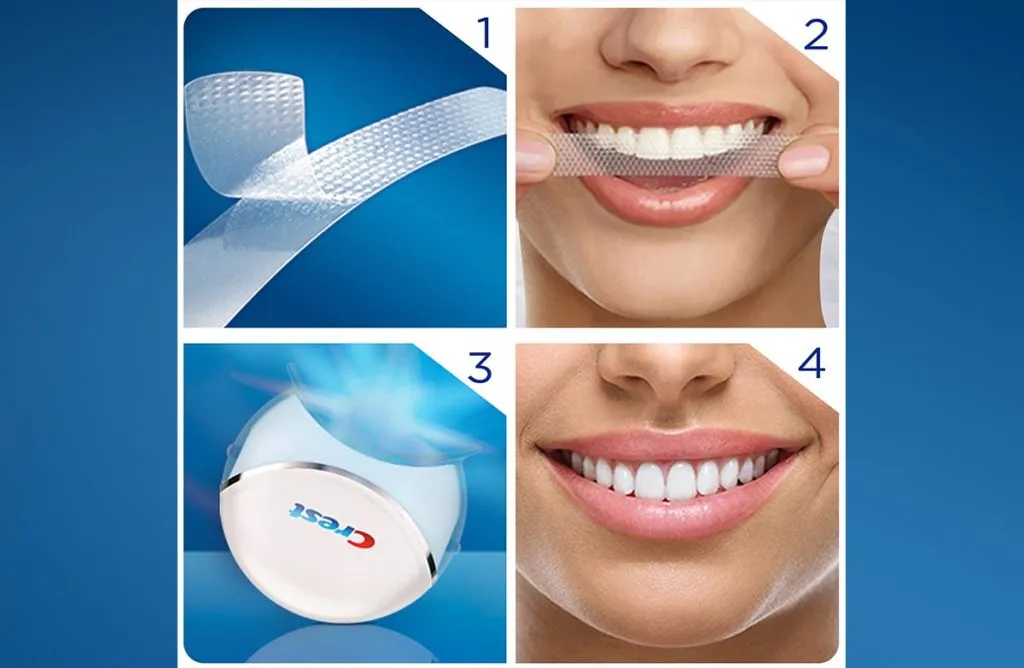Achieving a brighter smile is a common goal, and teeth whitening strips have become a popular solution. However, to maximize their effectiveness and protect your oral health, it’s crucial to understand the proper aftercare, including when and how to brush your teeth. This comprehensive guide will answer the question “can I brush my teeth after using whitening strips?” and provide valuable insights into achieving the best results while maintaining optimal dental hygiene.
Understanding Whitening Strips and Their Effects
Before delving into the specifics of brushing, it’s essential to grasp how whitening strips function and their impact on your teeth. These strips typically contain a concentration of hydrogen peroxide or carbamide peroxide, which are bleaching agents that help remove stains and discoloration from the enamel. Understanding this process is vital for making informed decisions about your post-whitening routine.
How Whitening Strips Work
Whitening strips work by applying a thin layer of a bleaching agent directly to the surface of your teeth. The active ingredient, usually hydrogen peroxide, penetrates the enamel and breaks down the stain molecules. This process effectively lightens the color of your teeth over time. The effectiveness of the strips depends on the concentration of the bleaching agent, the duration of application, and the frequency of use. Following the manufacturer’s instructions is crucial to achieve the desired results safely.
The Role of Peroxide

Hydrogen peroxide is the primary active ingredient in most whitening strips. It acts as an oxidizing agent, reacting with the stain molecules within the enamel and dentin of your teeth. This reaction breaks down these molecules, leading to a brighter appearance. The concentration of hydrogen peroxide varies depending on the product, with higher concentrations potentially yielding faster results, but also increasing the risk of sensitivity.
Potential Sensitivity
One common side effect of using whitening strips is tooth sensitivity. The bleaching agents can temporarily make your teeth more porous, which can lead to increased sensitivity to hot or cold temperatures. This sensitivity usually subsides within a few days after you stop using the strips. Therefore, understanding how to mitigate this sensitivity, including when to brush, is crucial for a comfortable whitening experience.
The Impact of Brushing on Whitening
The timing of your brushing routine after using whitening strips is critical for achieving optimal results. Brushing too soon can compromise the whitening process and potentially damage your enamel. Understanding the potential risks associated with immediate brushing is essential for making informed decisions about your oral hygiene routine. It is important to protect your teeth while in the whitening process.
Why You Shouldn’t Brush Immediately

Brushing your teeth immediately after using whitening strips can interfere with the whitening process. The active ingredients in the strips need time to work and penetrate the enamel. Brushing too soon can remove the bleaching agent prematurely, reducing its effectiveness. Additionally, brushing can sometimes disrupt the even distribution of the whitening agent across your teeth’s surface, leading to uneven results.
Risk of Abrasive Damage
Brushing too aggressively, especially with a hard-bristled toothbrush, can cause abrasive damage to the enamel, particularly when the enamel is slightly softened after using whitening strips. This damage can lead to increased sensitivity and make your teeth more vulnerable to staining. Abrasive brushing can also lead to enamel erosion over time, increasing the risk of cavities and other dental problems. Therefore, it’s important to use a gentle brushing technique and a soft-bristled toothbrush.
Compromising Whitening Effectiveness
Brushing immediately after applying whitening strips can compromise the effectiveness of the treatment. The active ingredients, such as hydrogen peroxide, need sufficient contact time with the teeth to break down stain molecules. Brushing can wash away the bleaching agent before it has a chance to work effectively, reducing the overall whitening results. This can lead to wasted time and money, as you may not achieve the desired level of brightness.
Recommended Wait Times
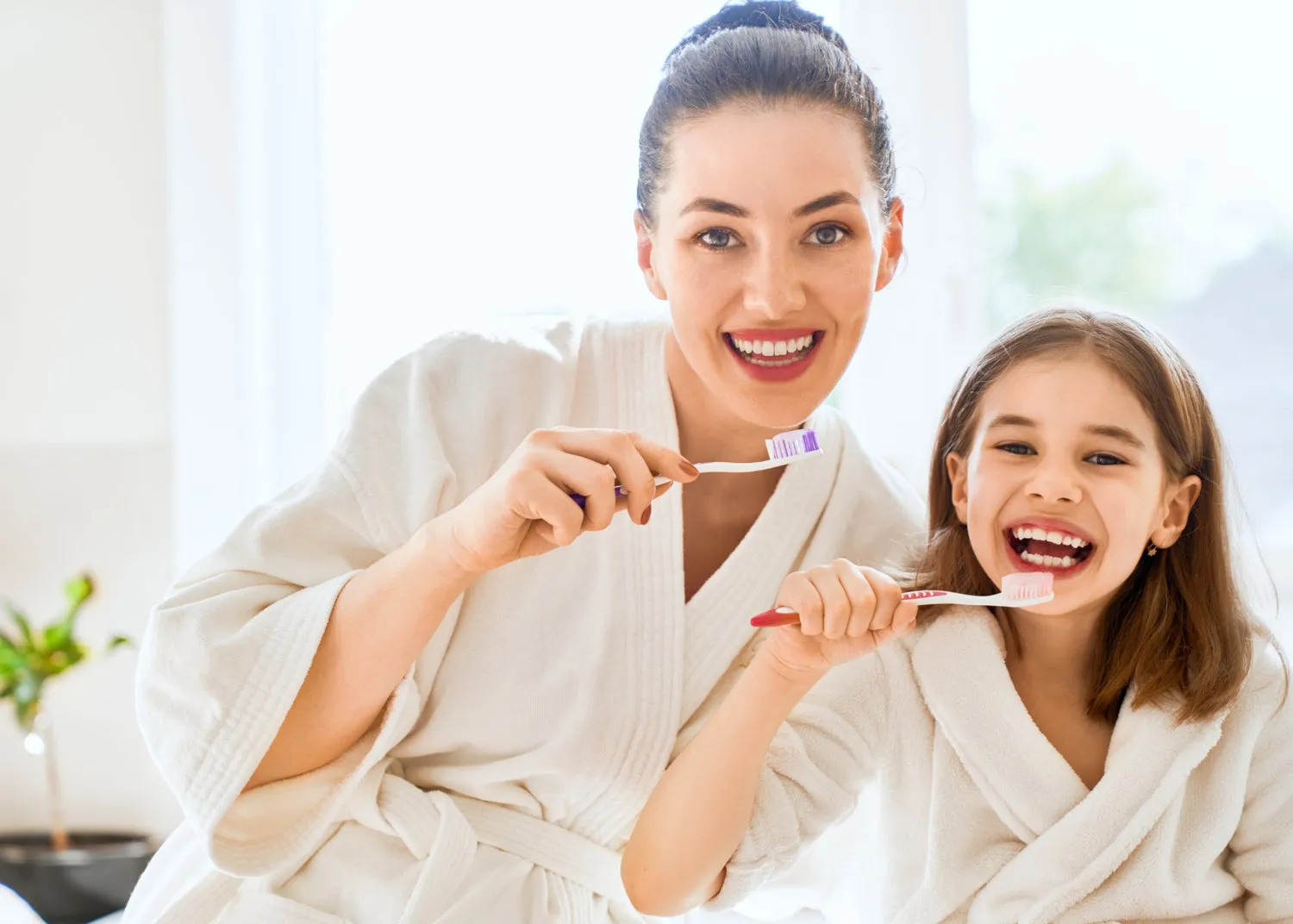
To ensure the best results and protect your teeth, it’s recommended to wait a certain amount of time after using whitening strips before brushing. The specific time frame can vary depending on the product and your dentist’s advice. However, waiting is crucial to allow the active ingredients to work and to minimize the risk of enamel damage and sensitivity. Here are the general guidelines for optimal results.
Optimal Timing for Brushing
Generally, it’s best to wait at least 30 minutes to an hour after using whitening strips before brushing your teeth. This allows the whitening agents to fully penetrate your enamel and minimizes the risk of abrasive damage. Some dentists may recommend waiting longer, especially if you have sensitive teeth or are using a high-concentration whitening product. Always refer to the product instructions and consult your dentist for the most accurate recommendations.
Aftercare for Maximum Results
Proper aftercare is essential for maximizing the effectiveness of your whitening treatment and maintaining healthy teeth. In addition to timing your brushing, there are other steps you can take to ensure you achieve the desired results while protecting your oral health. These steps include gentle oral hygiene practices, careful selection of toothpaste, and avoiding staining foods and drinks.
Gentle Oral Hygiene
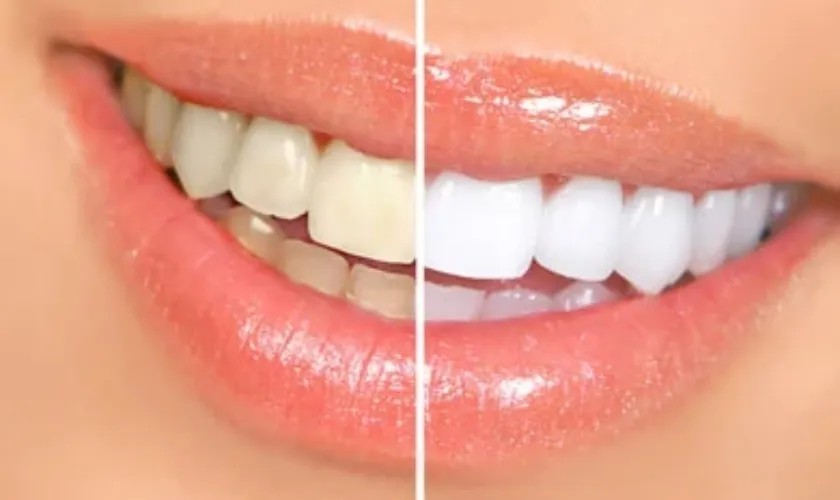
After using whitening strips, your teeth might be temporarily more sensitive. Therefore, it is crucial to adopt a gentle approach to your oral hygiene routine. This includes using a soft-bristled toothbrush, brushing with a light touch, and avoiding harsh or abrasive toothpastes. Being gentle helps prevent damage to your enamel and minimizes the risk of irritation. Remember, the goal is to clean your teeth effectively without causing any harm.
Using a Soft-Bristled Brush
A soft-bristled toothbrush is your best friend when it comes to post-whitening care. Soft bristles are gentle on your enamel and won’t cause any abrasive damage, which is especially important when your teeth are slightly more vulnerable. Make sure to replace your toothbrush every three months or sooner if the bristles become frayed. Brushing with a soft toothbrush ensures a thorough cleaning while protecting your teeth.
Choosing the Right Toothpaste
Select a toothpaste that is specifically designed for sensitive teeth. These toothpastes typically contain ingredients like potassium nitrate or stannous fluoride, which help to reduce sensitivity and protect against enamel erosion. Avoid toothpastes with high levels of abrasives or whitening agents, as these can potentially irritate your teeth after whitening treatments. Look for a toothpaste with fluoride to strengthen your enamel and prevent cavities.
Avoiding Staining Foods and Drinks
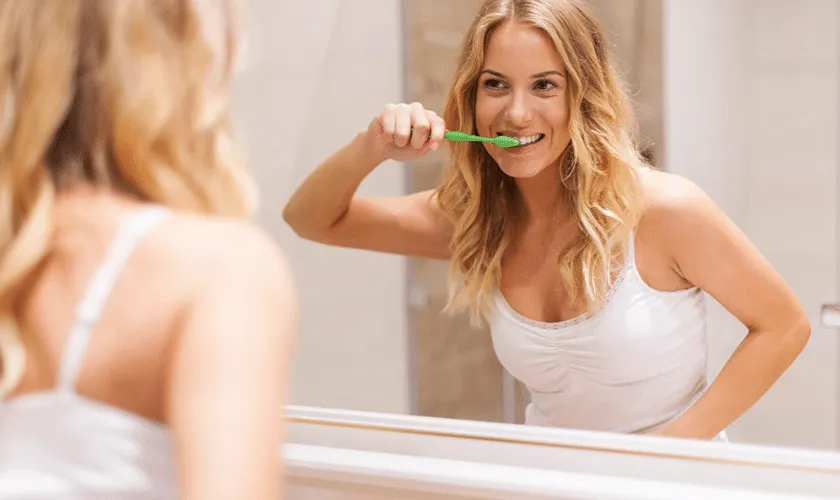
To maintain your newly whitened smile, it’s important to be mindful of what you consume. Certain foods and drinks can stain your teeth and reverse the effects of whitening strips. Limiting your intake of these items, especially during and immediately after your whitening treatment, can help you enjoy your brighter smile for longer. Additionally, rinsing your mouth with water after consuming these items can help minimize staining.
Foods and Drinks to Avoid
Coffee, tea, red wine, and dark-colored sodas are notorious for staining teeth. Other culprits include berries (especially blueberries, blackberries, and raspberries), soy sauce, and balsamic vinegar. If you choose to consume these items, do so in moderation, and consider using a straw to minimize contact with your teeth. Rinsing your mouth with water immediately after consumption can also help reduce staining.
Alternatives to Brushing Immediately
If you feel the need to freshen your breath after using whitening strips, but it’s not yet time to brush, there are alternative options to consider. These alternatives can help maintain oral hygiene without compromising your whitening treatment. Therefore, you can still keep your mouth feeling clean and fresh without sacrificing the results of your whitening strips.
Rinsing with Water
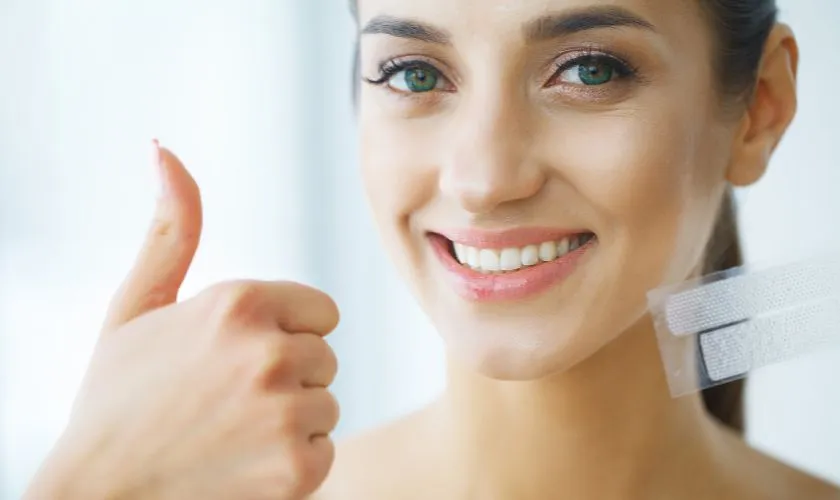
Rinsing your mouth with plain water is a simple yet effective way to remove any food particles or debris without brushing. This is a quick and safe method to maintain a clean feeling without interfering with the whitening process. Make sure to rinse gently and avoid vigorous swishing, as this can potentially disrupt the whitening agent. A simple rinse can provide a quick refreshing feel, and doesn’t interfere with your treatment.
Using Mouthwash
Using mouthwash after whitening strips is generally safe, but it’s important to choose the right type. Avoid mouthwashes that contain alcohol, as they can cause dryness and potentially irritate your gums, especially after using whitening strips. Instead, opt for an alcohol-free mouthwash that is designed for sensitive teeth. Use the mouthwash according to the product instructions and avoid rinsing too vigorously.
Professional Advice
For personalized advice and guidance, consult your dentist. They can provide tailored recommendations based on your oral health and the specific whitening strips you are using. They can also address any concerns and help you develop a comprehensive oral hygiene plan. Regular dental check-ups are crucial for maintaining a healthy and bright smile, so don’t hesitate to seek professional advice.
In conclusion, the answer to the question, “can I brush my teeth after using whitening strips?” is generally no, not immediately. Waiting at least 30 minutes to an hour after using whitening strips before brushing is recommended to allow the whitening agents to work effectively and to prevent potential damage to your enamel. By following these guidelines, practicing gentle oral hygiene, and seeking professional advice, you can maximize the benefits of teeth whitening strips while maintaining a healthy, beautiful smile.
